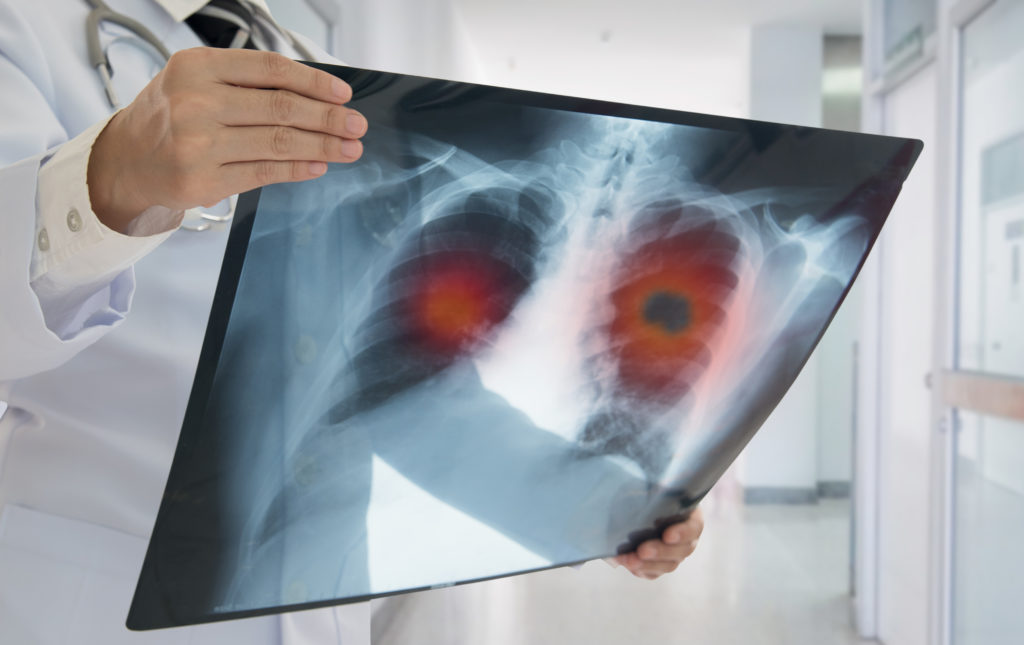Statistics show that one in eight women will develop breast cancer. Thankfully, the number of deaths from this condition has been declining over the years because of early detection, advances in treatment and other factors. Nevertheless, it remains the second-deadliest form of cancer for women, trailing only lung cancer.
Self-examinations are a crucial line of defense against breast cancer. According to Johns Hopkins Medical Center, 40 percent of diagnosed women found a lump themselves. Because detecting the disease early on is so vital, conducting regular self-examinations should be part of every woman’s routine. Women should inspect their breasts regularly, both visually and by probing with the pads of their fingers for anything out of the ordinary.
Diagnosing Breast Cancer
There are several different diagnostic techniques physicians use to detect breast cancer. Most people are familiar with the mammogram, a X-ray of the breast tissue. Women who have symptoms of breast cancer, such as a lump, pain or any other suspicious change, often undergo this procedure.
While the mammogram itself does not determine whether any given anomaly is cancerous, it helps physicians determine if further testing is necessary. A mammogram also flags calcifications – mineral deposits in the tissue – and such other masses as fluid-filled cysts and benign tumors. Sophisticated three-dimensional mammography is able to apply an even higher degree of detection accuracy to the process by looking at the tissue from many different angles.
Health care professionals also find breast cancers by using ultrasounds, which, unlike mammography, can differentiate between solid masses and fluid-filled cysts. In addition to ultrasounds, magnetic resonance imaging (MRI) technology is sometimes used to diagnose women who have an above-average risk factor for cancer. An MRI is useful in that it provides different “slices” or layers of the image for evaluation.
After the discovery of a mass, a biopsy can determine whether it is cancerous or benign. Often, this involves insertion of a needle into the lump, drawing in some cells for inspection under a microscope. A surgical biopsy entails the removal of the mass, or part of it, for subsequent testing. The type of biopsy method will vary based on the lump’s size and location.
Treatment
Two options in the treatment of breast cancer are surgical removal and adjuvant therapy, which includes radiation and chemotherapy.
A lumpectomy is a less radical procedure than a mastectomy. It involves the removal of the lump itself, along with some nearby tissue. A mastectomy is the complete removal of one breast (unilateral) or both (bilateral). Other tissues might be removed as well, including lymph nodes.
Depending on such factors as age and the nature of the cancer, some women receive radiation or chemotherapy in addition to the surgery. The latter treatment, which is often recommended for advanced cancer, sends intravenous, cancer-killing drugs into the body to eradicate the malignant cells wherever they may exist.
Hormonal medication is another treatment option with specific cancers that grow by attaching themselves to estrogen.
Be Vigilant
As medicine continues its advance, we can expect to see survival rates rise. But as always, early detection remains the first line of defense. Women should be on the lookout for anything abnormal in their breast tissues. If a self-exam reveals a lump or any other anomaly, it’s crucial to get in and see a physician as soon as possible.
By doing so, you can help shift the odds in your favor.
To find a doctor or schedule an appointment, visit Steward DoctorFinder™.




